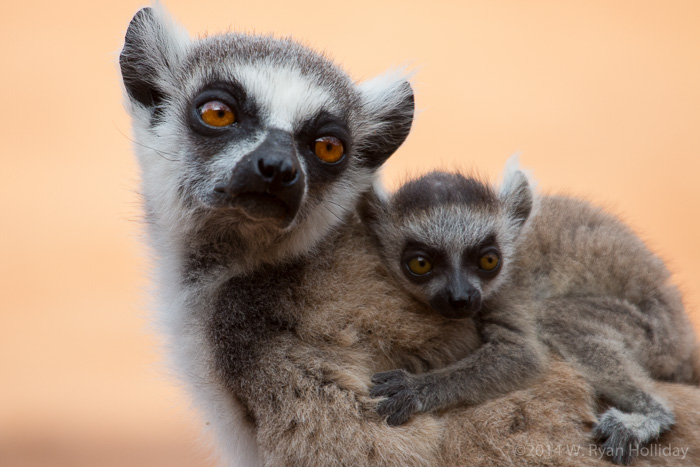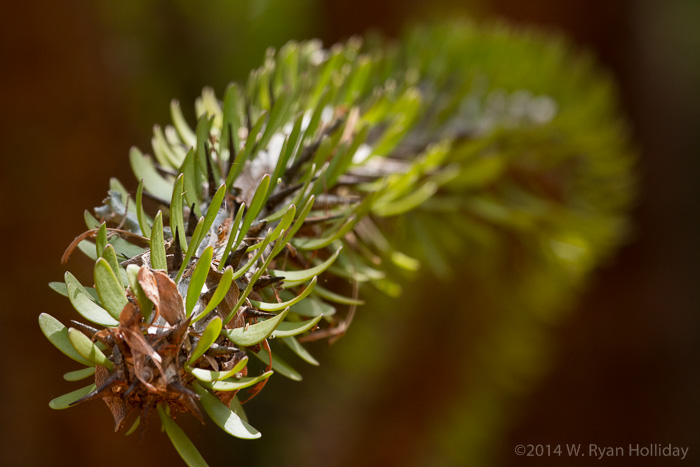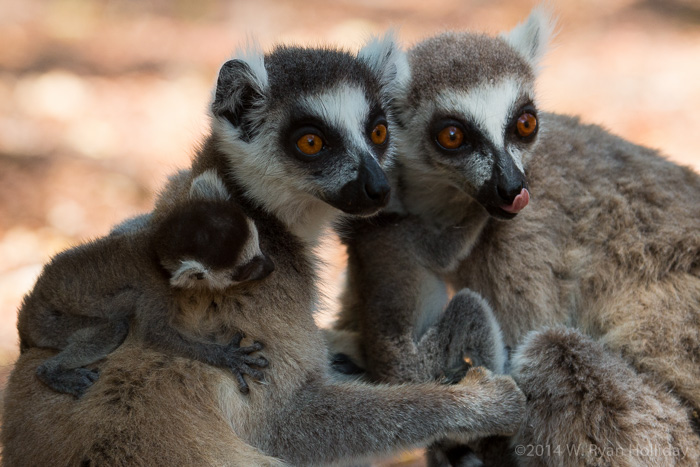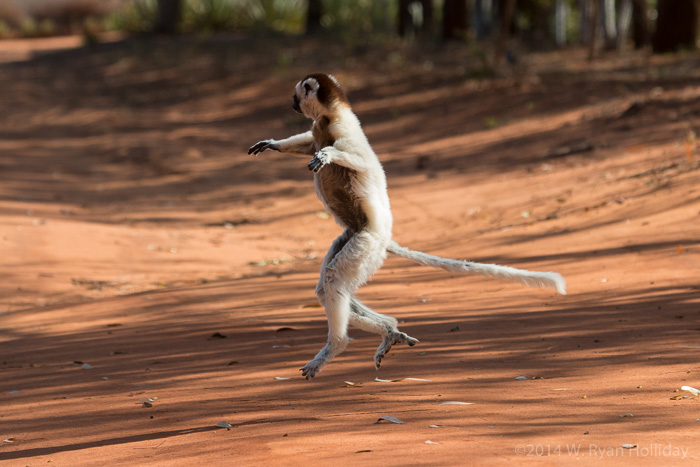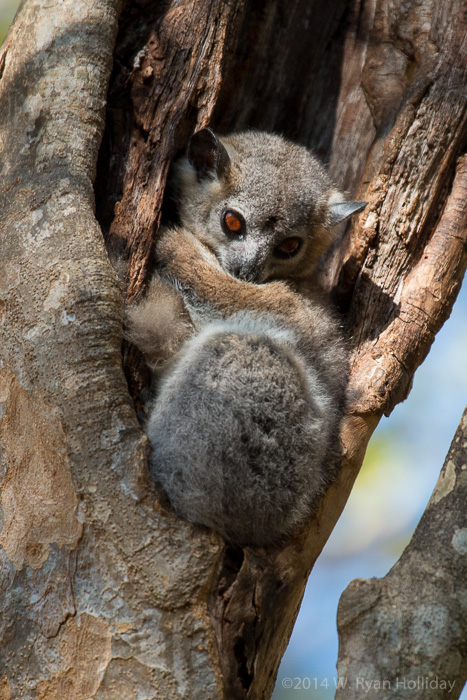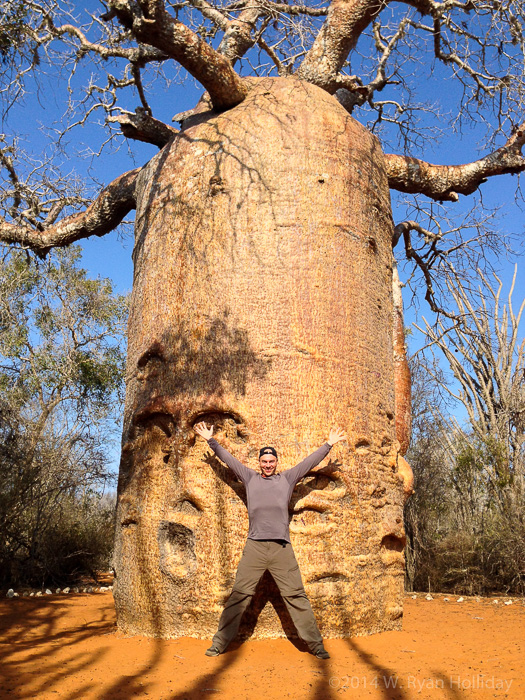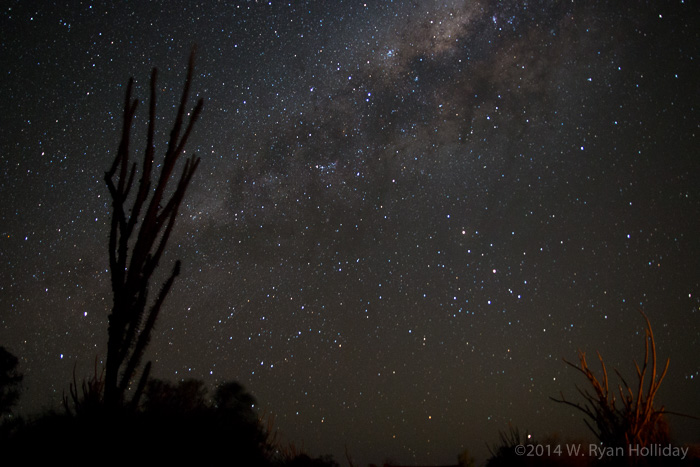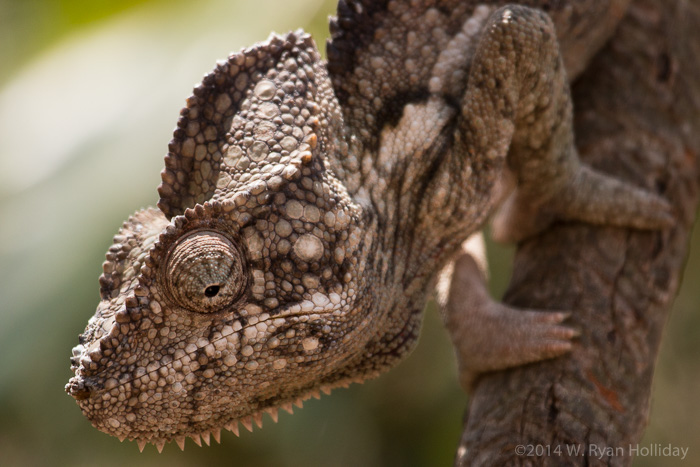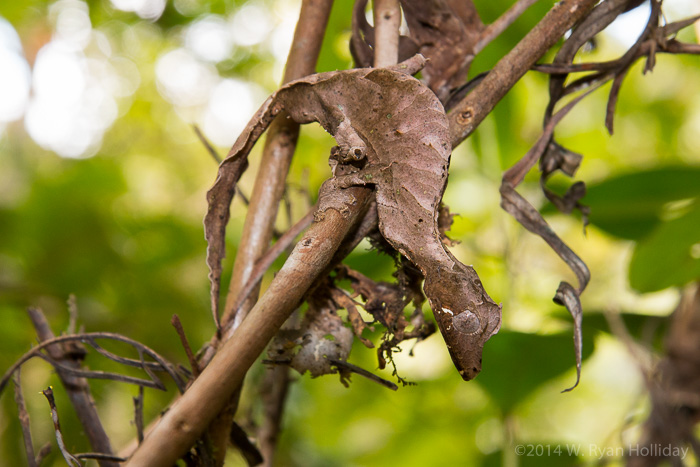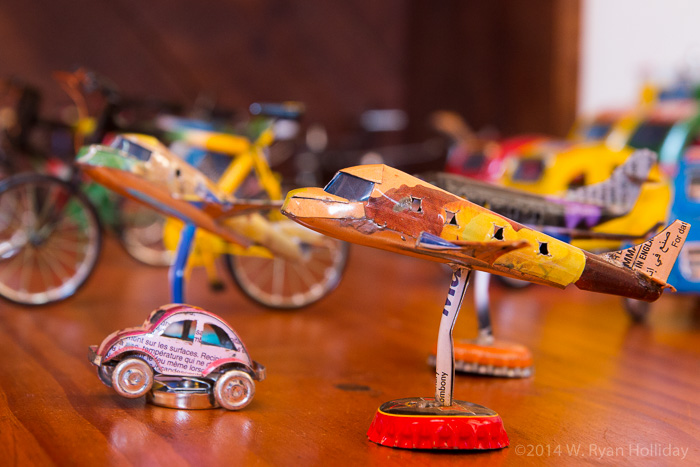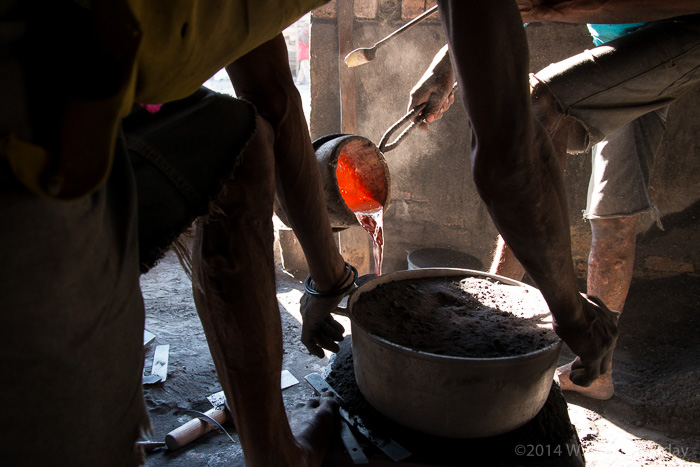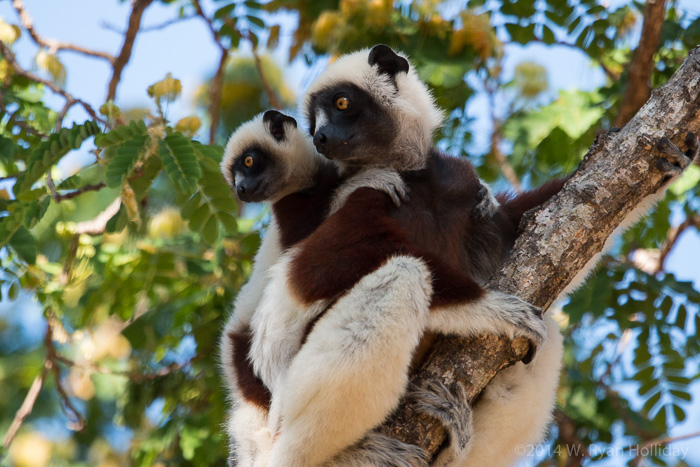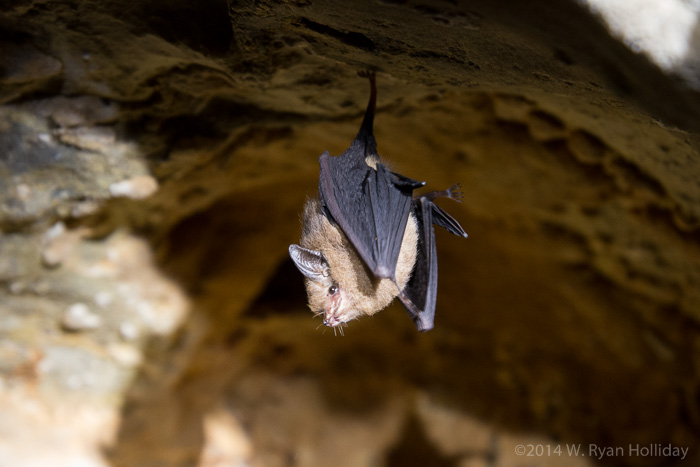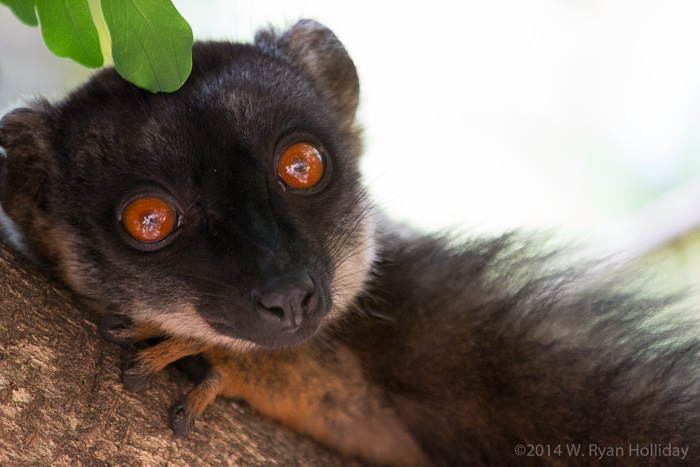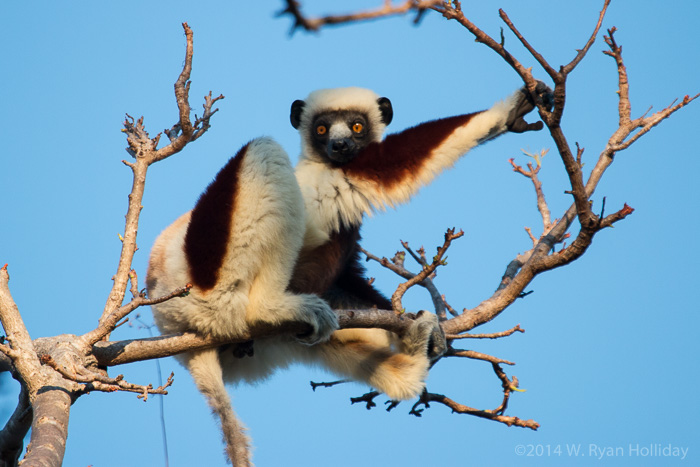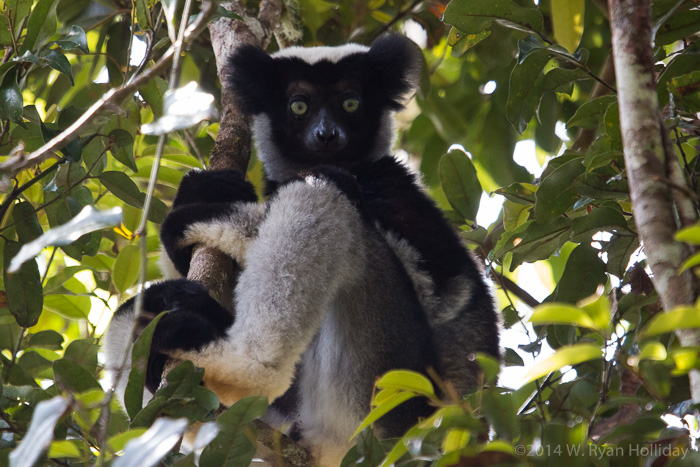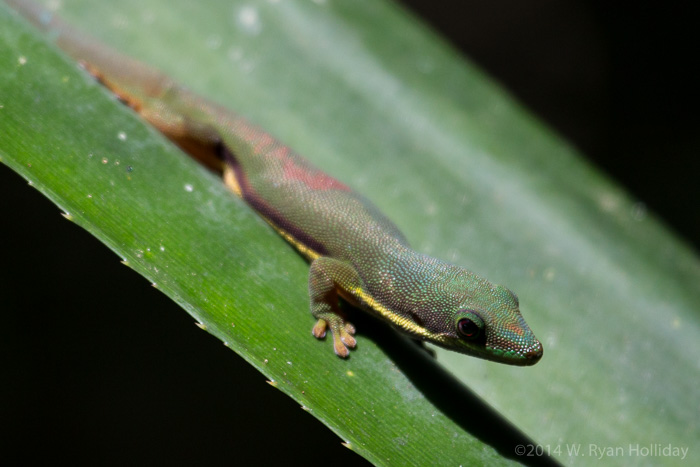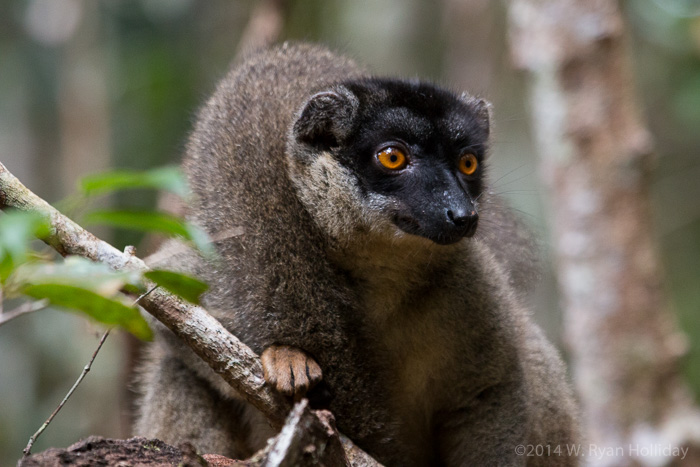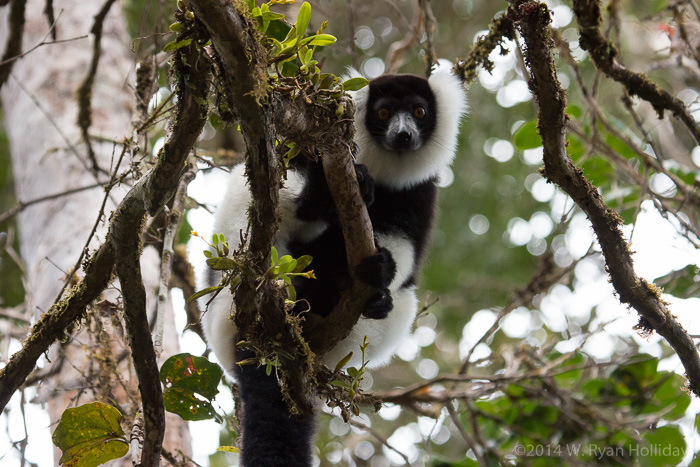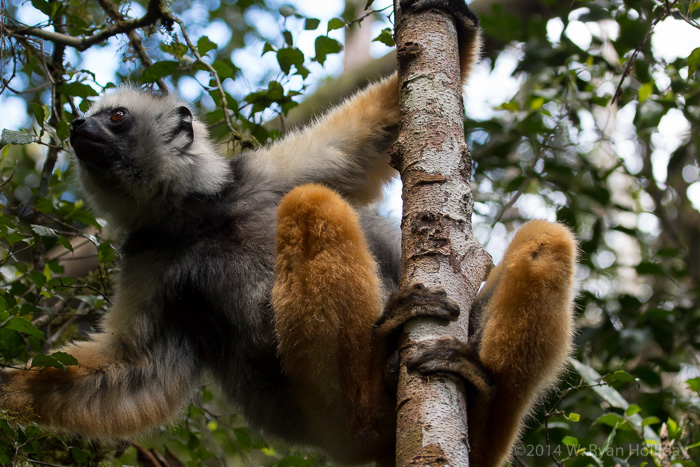This entry will have to cover two days – I was built for cold, not sun, and way too much of the latter during our multiple hours of snorkeling at Nosy Tenikely led to me stumbling into bed last night around six o’clock. All systems have not yet returned to full operational mode, but on a positive note I should be shedding several unneeded layers of skin soon.
Yesterday’s big adventure was a visit to the lemur-jumping-on-you village on Nosy Komba. The villagers who guide the trip feed the lemurs bananas, so it’s a bit wrong in the “don’t feed the wildlife” sense of things, but at the same time the territory for these lemurs would be adjacent to the village anyhow, so it felt more like feeding the ducks back home than feeding completely wild animals. The end result was a lack of guilt when the guide yelled “maki maki maki” and a troop of the hairy beasts came scurrying down from the trees, jumped on Audrey and me, and began chowing down on the bananas we had on offer. Right or wrong, it’s a very, very cool experience when a lemur wraps its long fingers around your hand and has lunch inches from your head.
Following the lemur extravaganza, the effects of the previous day’s sun exposure were beginning to become evident, so we headed back to our lodge, I rallied for another brief snorkel trip, and was then mostly operating from another planet while we packed up our things, handed a brick of 10,000 Ariary notes to our hosts (10,000 Ariary = $4, and the lodge was cash only), then took the boat back to the strangely-named harbor town of Hell-ville before hopping in a taxi to the Vanilla resort on the northwest coast of Nosy Be. If anything else happened during that time I don’t recall – the next thing I remember is waking up at 2AM and thinking that I should have set an alarm.
Today we got our first scuba trip in the Indian Ocean. The guide had warned us that visibility was poor, but apparently “poor” visibility here means “normal” visibility anywhere else in the world, so both dives were good ones. The variety of corals here is ridiculous, the fish didn’t seem to be very afraid of GoPros, and the depth was shallow enough that being completely out of practice for diving still allowed for two dives that were each longer than an hour. Following our morning dive I apparently slept for another two hours, although I’ve decided that today is the last day allowed for sun lethargy, and that tomorrow all systems will be fully operational no matter what.


